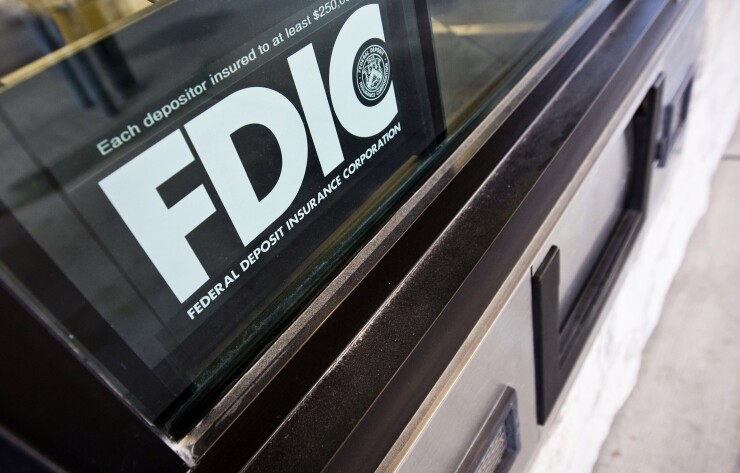WASHINGTON — The Federal Deposit Insurance Corp.'s Office of the Inspector General said dozens of FDIC-insured banks "have ongoing or planned digital asset activities," in its most recent review of the bank regulator.
"One hundred and thirty-six FDIC-insured banks have ongoing or planned digital asset activities," the OIG wrote in the report. "The FDIC should work with other regulators to provide clarity regarding the regulation of digital assets. Further, the FDIC should ensure that its examinations, policies, and procedures address consumer risks regarding digital assets, including the relationship of deposit insurance and digital assets."
Like FDIC, the OIG says it sees inherent risks in housing digital assets at depository institutions. This comes as a number of community banks have moved to
The report identifies a total of nine areas the FDIC should work on to promote public confidence and financial stability. According to the report, the agency needs to: prepare for banking crises; fortify cybersecurity at banks; address digital asset-related risks; support underserved communities; fortify internal IT safeguards; address changes in their workforce; improve data collection; strengthen FDIC's supply chain management; and implement effective governance at the agency.






